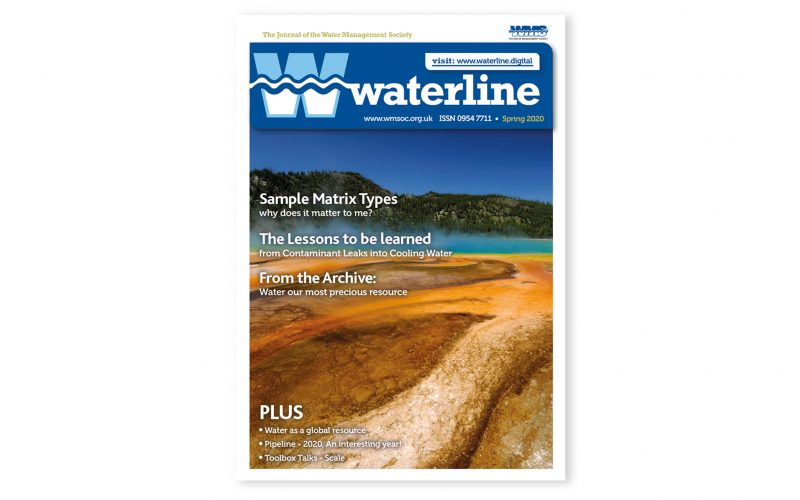As featured in waterline Spring 2020

HSE Legionella Water Treatment
Contractor Inspection Programme
By Duncan Smith, HSE
Introduction
Between 2012 and 2018, HSE undertook a series of proactive interventions to reduce the risks from wet evaporative cooling systems. These interventions were impactful, as the degree of non-compliance reduced over time. However, it was evident that a small number of dutyholders struggled to achieve sustained compliance due to poor or inadequate service provision.
In early 2019, HSE carried out a novel intervention targeting Water Treatment Contractors (WTC). The aim of the intervention was twofold: to raise standards via advice, education and promotion, and also to take enforcement action where it was appropriate to do so (in accordance with HSE’s Enforcement Policy Statement and Enforcement Management Model). HSE recognise raising the standards amongst WTCs should have significant gearing effect and should also assist dutyholders to achieve sustained compliance.
Methods
Intelligence from the previous wet evaporative cooling system interventions was used in the targeting of WTCs. Head office visits were undertaken to examine the policies and procedures involved in the planning and delivery of services, as well as on demonstration of competence.
Inspectors used bespoke operational guidance drafted for the intervention. This required Inspectors to probe specific aspects of service provision and also ensuredconsistency of approach.
Main Findings
Of the 24 inspections completed, greater than 1 in 3 WTCs were judged to be in material breach of law and it was necessary for the Inspector to write to the WTC to secure improvement.
By far and away the single biggest issue found was in relation to the adequacy and suitability of respiratory protective equipment (RPE) required for system cleaning when there was a risk of aerosol generation during activities such as jetwashing. Material breaches relating to RPE accounted for more than 1 in 2½ of all the breaches found and these issues were evident at more than 1 in 4 of all WTCs inspected.
Other highlighted concerns related to the Legionella risk assessment process, cleaning techniques and training/competence of staff.
A detailed report on the intervention is being prepared and will be added to the Legionella Webpages on the HSE website soon.
Recommendations
Whilst the results of this intervention do not indicate the need for a larger intervention at this time, however, the quality of WTC service provision should be kept under review by HSE. Existing advice and guidance on RPE for cleaning activities needs to be more prominent and disseminated more widely within the Legionella control industry. Appendix 6 of HSG53 (Respiratory protective equipment at work. A practical guide: www.hse.gov.uk/pubns/priced/hsg53.pdf) advises that a particulate respirator with an assigned protection factor (APF) of 20 would be the minimum acceptable protection level for airborne micro-organisms and that for cooling tower cleaning using high-pressure hoses, a powered respirator with full facepiece or hood/blouse might be the most suitable because of the work rate and wet conditions. Further guidance can also be found in various COSHH Essentials direct guidance sheets:
- • R3 UK Standard Assigned Protection Factor 20 (APF 20):
www.hse.gov.uk/pubns/guidance/rpe3.pdf - • SR01 Cleaning and disinfection using a low-pressure washer:
www.hse.gov.uk/pubns/guidance/sr01.pdf - • OCE19 Pressure cleaning – external structures:
www.hse.gov.uk/pubns/guidance/oce19.pdf












